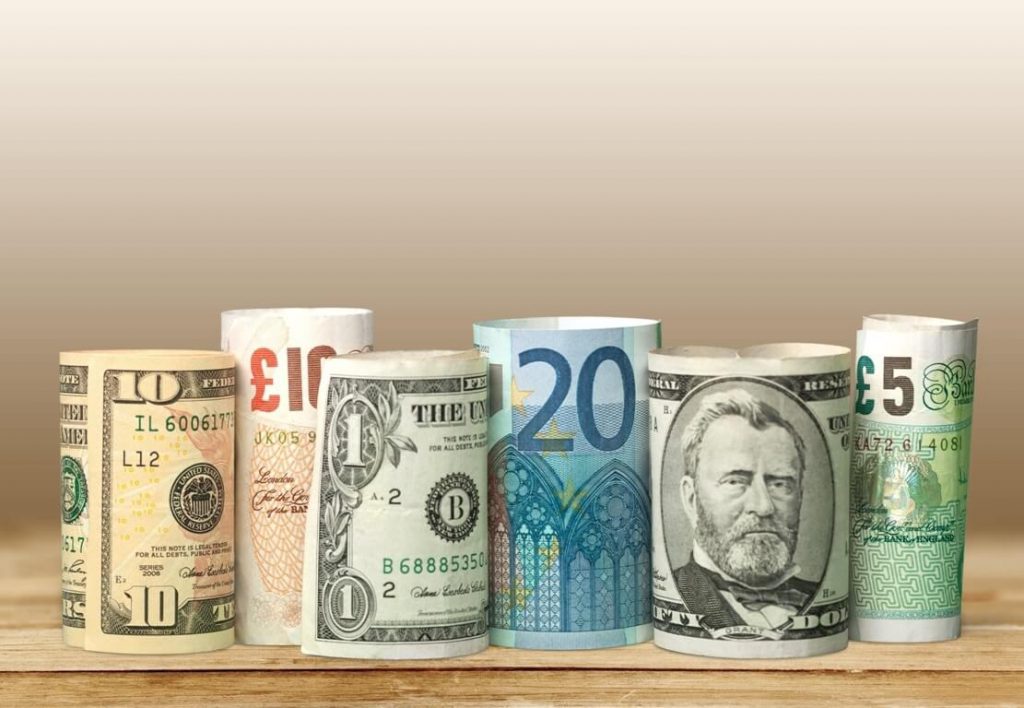
U.S. dollar skyrocketed Friday. What about Euro and Yen?
The U.S. dollar surged forward on Friday as it attempted to recover some losses after its sharpest daily plunge in more than two weeks. Investors turned their attention to U.S. jobs data for further hints about the strength of the American economy.
The U.S. dollar index rallied by 0.21% to 105.92 against a basket of six major currencies after plummeting by 0.68% on Thursday. That has been its largest drop since July 19. The greenback is now trading almost 3% below its mid-July high.
Market participants await the key U.S. nonfarm payroll report that is due at 1230 GMT. It will provide clues to how the U.S. economy is faring. Analysts expect the addition of 250,000 jobs in July after 372,000 were created in June.
Despite that, there’s a chance that signs of softening in the labor market are already underway. On Thursday, new data showed that the number of U.S citizens filing new claims for unemployment benefits increased significantly last week.
John Hardy, the head of FX strategy at Saxo Bank, noted that the jobs report was far stronger than expected. That news, along with a considerable upside surprise in the average hourly earnings data, could support the dollar broadly.
How is the Euro faring?
The common currency tumbled down 0.17% against the USD to $1.02285 on Friday. It traded within a relatively narrow range of $1.01-$1.03. The Euro has remained in this range since July 19, even as fears of a slowing U.S. economy offset concerns about a European energy crisis.
There is a stand-off over the return of a turbine that Russia announced is holding back gas supplies to Europe. And it showed no signs of being resolved thus far, as Moscow declared it needed documentation to confirm that the equipment was not subject to Europe’s sanctions.
Meanwhile, the British Pound remained almost the same, trading at $1.2156. The Bank of England (BoE) hiked rates by the most in 27 years to hinder surging inflation. However, it also warned that a long recession was coming. Justin McQueen, the FX strategist at DailyFX, noted that ultimately, that’s one of the most dovish 50-basis point increases he’s seen. The BoE stated that the country is going to have a recession for five quarters, highlighting the bleak outlook for the British economy and the sterling.
On Friday, the U.S. dollar jumped by 0.24% against the Japanese yen to 133.27 per USD after plummeting by 0.69% yesterday. At the same time, the risk-sensitive Australian and New Zealand dollars changed slightly to $0.69605 and $0.6299, respectively.


